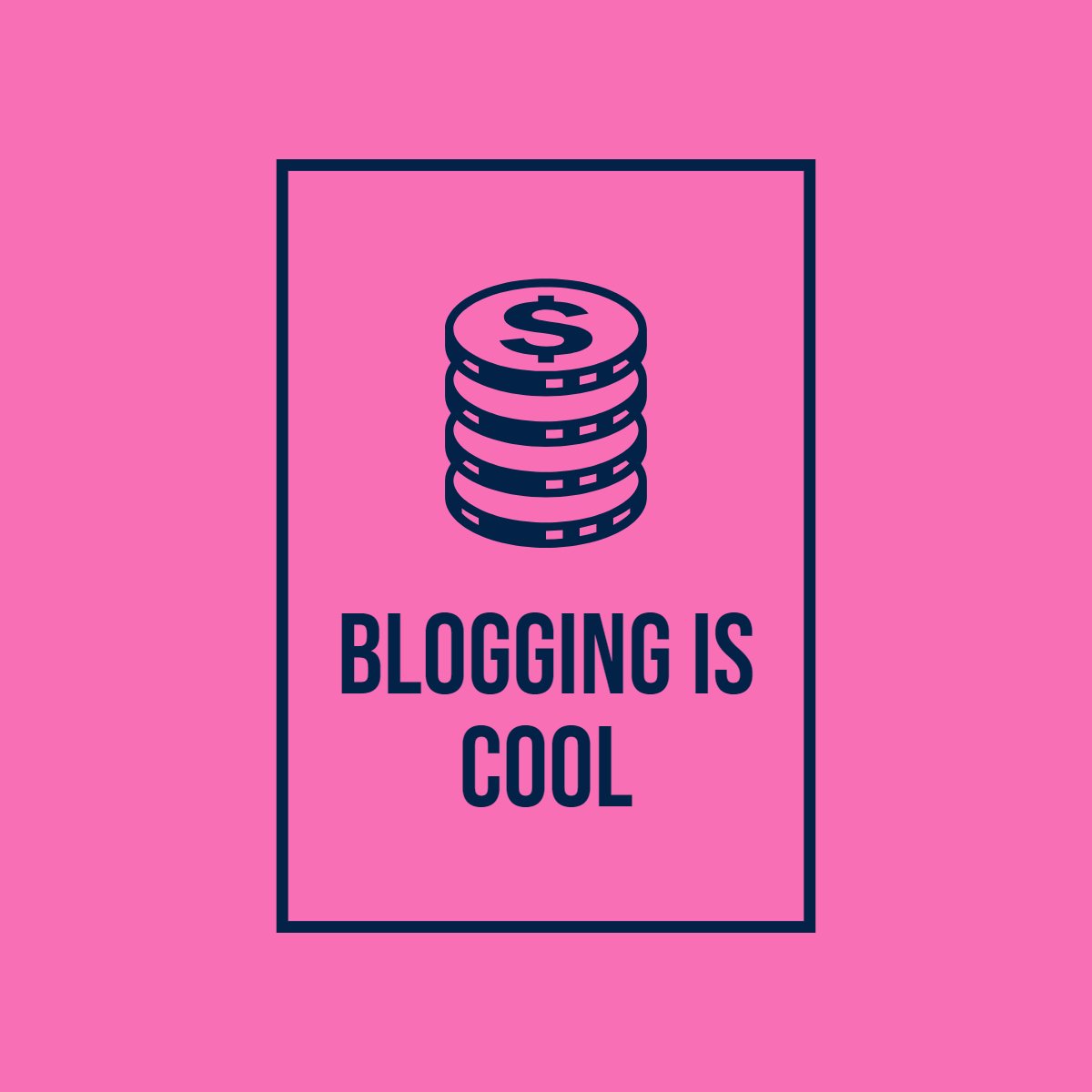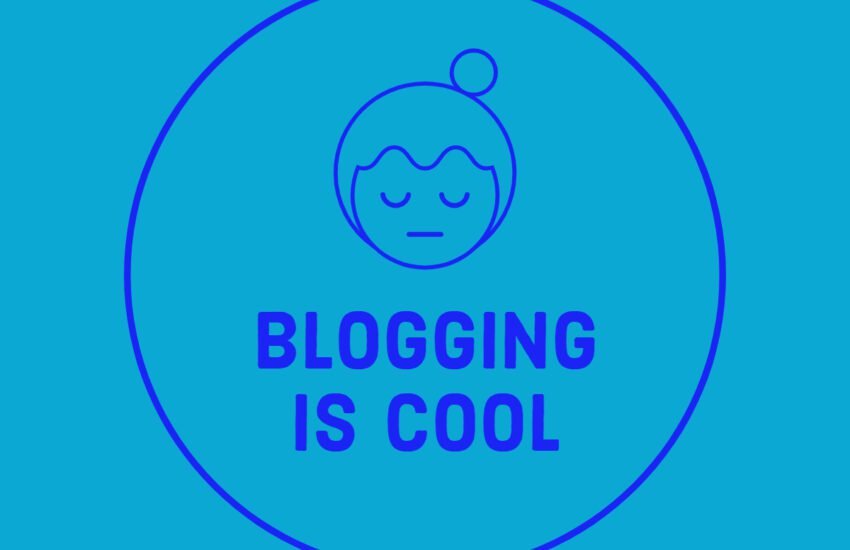A Beginner’s Guide to Getting Started with Blogging
Are you new to the world of blogging? Don’t worry, many platforms offer comprehensive tutorials and documentation to help you get started on your blogging journey. These resources are designed to guide beginners through the process of setting up a blog, customizing its appearance, and publishing their first post.
- Steps to Start Your Blog
- Frequently Asked Questions
- 1. What is blogging, and why should I start a blog?
- 2. How do I choose a niche or topic for my blog?
- 3. What platform should I use to start my blog?
- 4. Do I need coding or technical skills to start a blog?
- 5. How do I come up with ideas for my blog posts?
- 6. What are some essential elements of a successful blog post?
- 7. How often should I publish new content on my blog?
- 8. How can I promote my blog and attract readers?
- 9. How can I monetize my blog and earn income from it?
- 10. How do I measure the success of my blog?
Steps to Start Your Blog
In this beginner’s guide, we will explore the steps you need to take to start your own blog and share your thoughts with the world.
Choose the Right Blogging Platform
The first step in starting a blog is choosing the right platform. There are several popular blogging platforms available, such as WordPress, Blogger, and Wix. Each platform has its own set of features and customization options, so it’s important to choose one that suits your needs and preferences.
Once you have selected a platform, you can create an account and begin setting up your blog. Most platforms provide a step-by-step process that guides you through the initial setup, including choosing a domain name, selecting a theme or template, and customizing the design of your blog.
Customize the Appearance of Your Blog
After setting up your blog, it’s time to customize its appearance. Most blogging platforms offer a range of themes or templates that you can choose from. These themes determine the overall look and layout of your blog.
You can further customize your blog’s appearance by selecting colors, fonts, and adding your own logo or header image. This allows you to create a unique and personalized blog that reflects your style and brand.
Write and Publish Your First Post
With your blog set up and customized, it’s time to start writing and publishing your first post. Before you begin, think about the topic you want to write about. Consider your interests and expertise, and choose a topic that you are passionate about.
Once you have chosen a topic, start writing your post. Make sure to structure your content with headings, paragraphs, and bullet points to improve readability. Use relevant images to enhance your post and break up the text.
When your post is ready, proofread it for any errors or typos. It’s always a good idea to have someone else read your post as well to get a fresh perspective. Once you are satisfied with your post, you can hit the publish button and share your thoughts with the world.
Engage with Your Readers
As you start publishing your blog posts, it’s important to engage with your readers. Encourage them to leave comments and provide feedback on your posts. Respond to their comments and create a sense of community on your blog.
You can also promote your blog on social media platforms to reach a wider audience. Share your blog posts on Facebook, Twitter, Instagram, or any other platform where your target audience is active. This will help drive traffic to your blog and increase your readership.
Continue Learning and Growing
Blogging is a continuous learning process. As you gain experience, you will discover new techniques and strategies to improve your blog. Stay updated with the latest trends in blogging and explore new ways to engage with your audience.
Take advantage of the resources provided by your blogging platform. Most platforms offer comprehensive tutorials and documentation to help you navigate the world of blogging. These resources can provide valuable insights and tips to help you grow as a blogger.
Remember, blogging is a journey, and it takes time to build an audience and establish your presence online. Stay consistent, keep writing, and enjoy the process of sharing your thoughts and ideas with the world.
Frequently Asked Questions
1. What is blogging, and why should I start a blog?
Blogging involves creating and regularly updating content on a website, typically in the form of articles, posts, or entries. You should start a blog for various reasons, including sharing your passions or expertise, building an online presence, connecting with like-minded individuals, establishing authority in your niche, and even monetizing your blog through advertising, affiliate marketing, or selling products or services.
2. How do I choose a niche or topic for my blog?
To choose a niche or topic for your blog, consider your interests, expertise, and audience preferences. Ask yourself what topics you’re passionate about, knowledgeable in, and what problems or questions you can address for your target audience. Research existing blogs in your potential niches to identify gaps or opportunities for differentiation.
3. What platform should I use to start my blog?
There are several blogging platforms to choose from, with WordPress.org, Blogger, and Medium being popular options. WordPress.org is highly customizable and offers full control over your blog, while Blogger is user-friendly and ideal for beginners. Medium is a publishing platform with built-in audiences but limited customization options.
4. Do I need coding or technical skills to start a blog?
No, you don’t need coding or technical skills to start a blog, especially if you choose user-friendly platforms like WordPress or Blogger. These platforms offer intuitive interfaces and drag-and-drop editors that make it easy to create and customize your blog without any coding knowledge. However, learning some basic HTML and CSS can be beneficial for advanced customization.
5. How do I come up with ideas for my blog posts?
You can generate ideas for your blog posts by:
– Identifying common questions or problems in your niche and providing solutions or answers.
– Sharing your personal experiences, insights, or lessons learned related to your niche.
– Conducting keyword research to discover trending topics or popular search queries in your niche.
– Monitoring industry news, trends, and discussions on social media or forums for inspiration.
6. What are some essential elements of a successful blog post?
Essential elements of a successful blog post include:
– Compelling headline: A catchy and descriptive title that grabs readers’ attention.
– Engaging introduction: An opening paragraph that hooks readers and previews the content.
– Well-structured content: Clear organization with headings, subheadings, and bullet points for readability.
– Visual elements: High-quality images, videos, or infographics to complement the text and enhance engagement.
– Call-to-action: A clear prompt or invitation for readers to take the next step, such as subscribing, commenting, or sharing.
7. How often should I publish new content on my blog?
The frequency of publishing new content on your blog depends on your goals, resources, and audience expectations. Consistency is key, so aim for a schedule that you can realistically maintain, whether it’s posting once a week, bi-weekly, or monthly. Quality matters more than quantity, so focus on delivering valuable and well-crafted content.
8. How can I promote my blog and attract readers?
You can promote your blog and attract readers by:
– Sharing your blog posts on social media platforms like Facebook, Twitter, Instagram, LinkedIn, and Pinterest.
– Engaging with online communities, forums, and groups related to your niche and sharing your content where appropriate.
– Guest blogging on other websites or collaborating with influencers in your niche to reach new audiences.
– Optimizing your blog for search engines (SEO) by using relevant keywords, meta tags, and descriptions to improve visibility in search results.
– Networking with other bloggers, journalists, and influencers in your niche and leveraging their platforms to amplify your reach.
9. How can I monetize my blog and earn income from it?
There are several ways to monetize your blog and earn income, including:
– Displaying ads through ad networks like Google AdSense or Media.net.
– Affiliate marketing by promoting products or services and earning a commission for each sale or referral.
– Selling digital products such as e-books, online courses, or digital downloads.
– Offering sponsored content or sponsored posts where brands pay you to feature their products or services on your blog.
– Providing consulting, coaching, or freelance services related to your niche.
10. How do I measure the success of my blog?
You can measure the success of your blog by tracking various metrics such as:
– Website traffic: Monitor the number of visitors, page views, and unique visitors to your blog over time.
– Engagement: Track metrics like average session duration, bounce rate, and social shares to gauge reader engagement and interaction with your content.
– Conversions: Measure the number of email sign-ups, product sales, or other desired actions taken by your audience.
– Revenue: Calculate your blog’s income from ads, affiliate commissions, product sales, or other monetization strategies.
– Audience feedback: Pay attention to comments, feedback, and surveys from your audience to understand their needs, preferences, and satisfaction with your blog.

